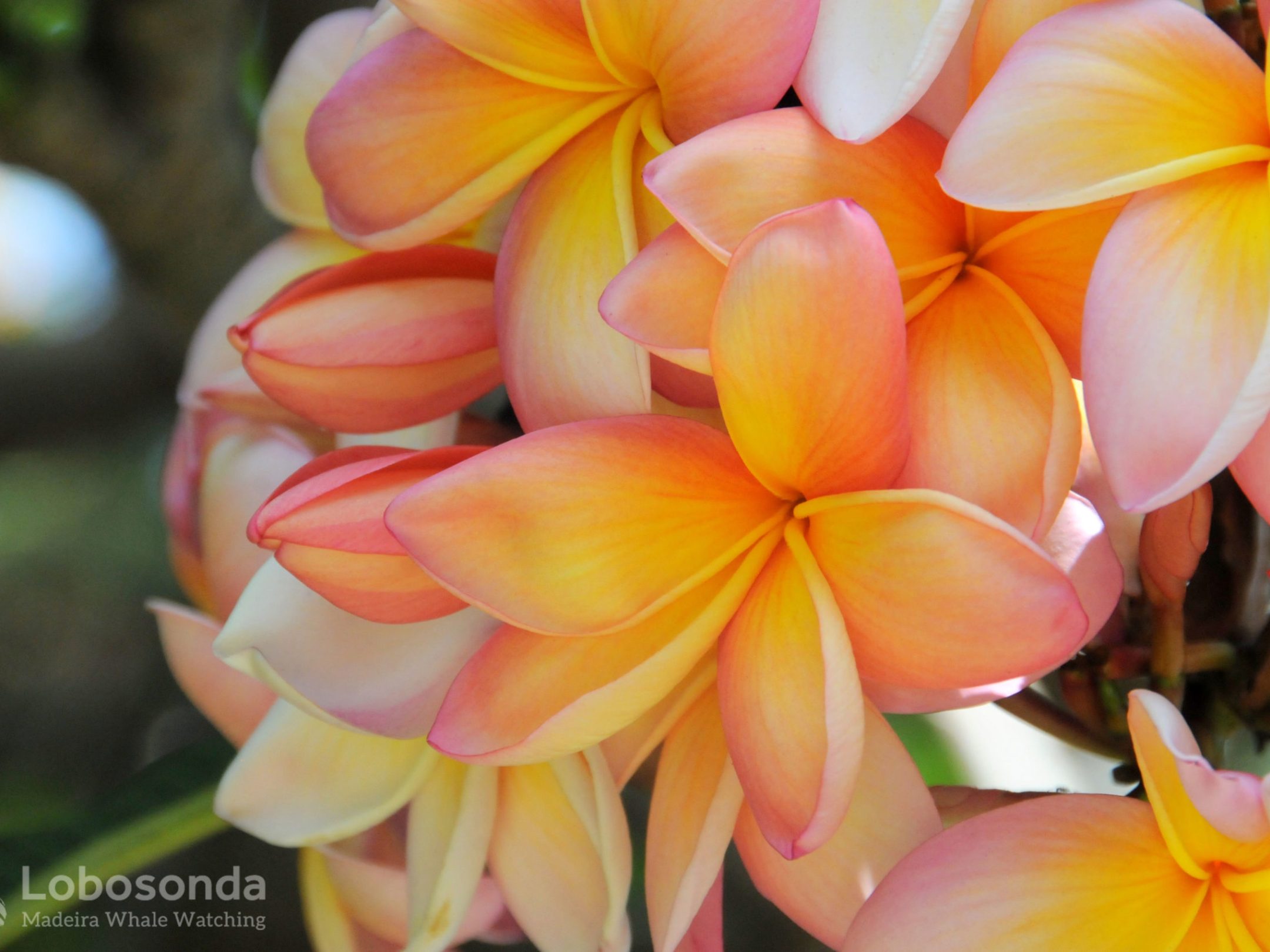A very important factor is the location and structure of the island. Madeira has a relatively narrow continental shelf with its slopes plunging to depths of more than 4,000 meters (2.5 miles).
For this reason, pelagic cetaceans that tend to occur out in the open ocean, such as the Striped dolphins or the Short-beaked common dolphins, can be encountered relatively close to the coast.
Species like Sperm whales, toothed whales that hunt for their prey at greater depths, can be found here all year round.
Scientists can also study the lives of deep-sea organisms while based in Madeira. Another reason for Madeiras vast marine biodiversity is the fact that it lies in a marine border area between the cold waters of the North and warm tropical regions of the South.
This means that species typical of cold waters as well as those from tropical regions can be encountered around the island.
To some extent, the occurrence of certain species is dependent on the time of the year. For example, during the months of the year with more hours of sunlight, microscopic algae (phytoplankton) proliferate and, as a consequence, zooplankton populations flourish (small crustaceans, larvae, etc.), serving as an important food source for small fish species. These are then preyed upon by larger marine predators including rorquals, dolphins, swordfish, tuna, rays and sharks, etc.
Whales and dolphins, referred to collectively as cetaceans, occur all year round in the coastal waters of Madeira with most species being transients. Early in the year, for instance, large baleen whale species usually migrate to the Arctic Ocean to feed over the summer. At the end of the arctic summer they migrate South once more. During both journeys, their routes pass the Atlantic islands (the Canaries, the Azores and Madeira), which then serve as useful spots to rest. Despite there being less plankton for them to feed on compared to the rich polar waters, they spend some time foraging in Madeiran waters before continuing on their migration routes. Other species of cetaceans, such as the Blainville’s beaked whale or the Bottlenose dolphin, have displayed a different sort of site fidelity to the island with some animals even showing residency patterns. To date 29 different cetacean species have been documented off Madeira, with 26 officially confirmed through photo material.





